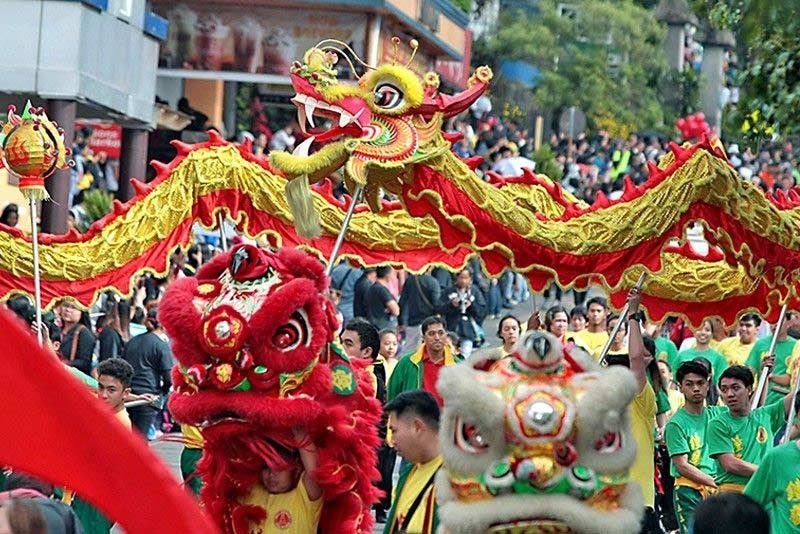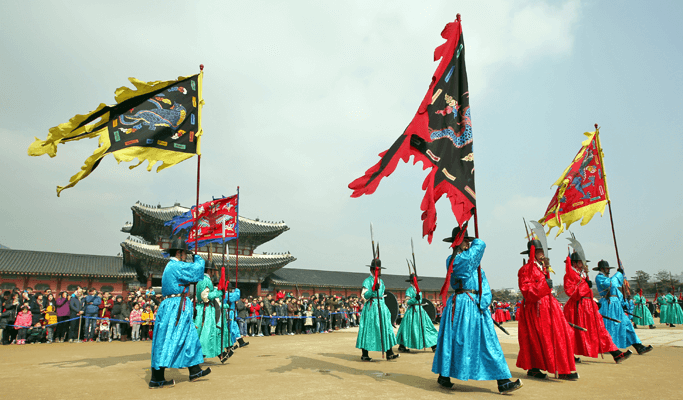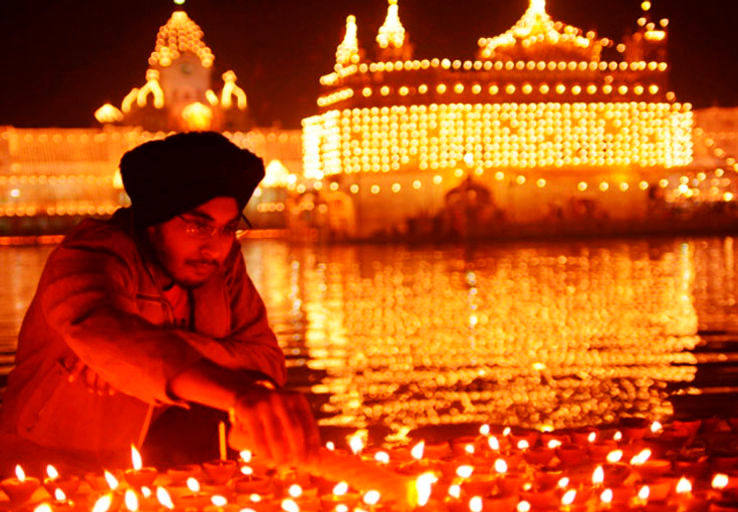Lunar New Year Celebrations: The Lunar New Year stands as an enduring and integral cultural celebration across numerous Asian nations including Vietnam, Singapore, Thailand, Malaysia, the Philippines, South Korea, North Korea, China, India, Mongolia, and beyond.
During this auspicious time, Chinese households typically adorn their residences with vibrant red couplets, lanterns, and auspicious symbols, while also engaging in the time-honored tradition of setting off firecrackers, all in pursuit of ushering in joy and prosperity for the forthcoming year.
Lunar New Year Festive Traditions: Big Cakes in China and the Philippines
Across various countries, Lunar New Year offers a unique blend of customs, chiefly centered around familial gatherings, paying homage to ancestors, and wishing for a harmonious and prosperous year ahead.
China
In China, the Lunar New Year reigns as the pinnacle holiday, marked by the symbolic avoidance of consuming meat from the animal representing the current year in the Chinese zodiac. Instead, the Chinese New Year feast predominantly features delicacies like the revered Big Cake, or Nian Gao, crafted from sticky rice, sugar, and fragrant ginger.
The name “Nian Gao” conveys both the literal meaning of “sticky cake” and the auspicious hope for familial unity and prosperity, echoing the aspirations of the Chinese people for the new year.
Philippines

Meanwhile, the Philippines boasts a more recent history of Lunar New Year celebrations, with the government formally recognizing the occasion as a major holiday in 2012. Filipino festivities during Tet, as it is known locally, include visits to temples and churches for prayers of good fortune and prosperity, as well as lively lion and dragon dances.
Central to the culinary delights of Tet is the sweet rice cake, Tikoy, a concoction of sticky rice, lard, sugar, and eggs, symbolizing the enduring bond of family unity and togetherness.
Culinary Traditions and Festivities Across Lunar New Year Celebrations in Asia
South Korea

In South Korea, Lunar New Year, known as Seollal, marks not only the start of the new year but also a significant holiday, akin to the Mid-Autumn Festival. The essence of familial ties remains strong as Koreans uphold the tradition of returning home to celebrate with relatives.
The day begins with the Charye ritual, where families pay homage to ancestors with offerings like chestnuts, pears, and rice cake soup. Following this, the Sebae ceremony sees younger family members honoring elders and receiving blessings.
North Korea
In North Korea, Seol, or New Year’s Eve, is a time for familial reunions and ancestral commemorations, with Songpyeon cakes symbolizing the cyclical nature of life.
Singapore
Singapore’s Lunar New Year festivities, part of the Spring Festival, feature vibrant events like the Lantern Festival and Chingay Street Festival. Singaporeans indulge in delicacies like banh troi tau, symbolizing unity, alongside raw fish and Pencai.
Malaysia
In Malaysia, where Chinese comprise a quarter of the population, Lunar New Year is a cherished occasion for reunion, marked by the iconic Petronas Twin Towers fireworks and lion dances.
Mongolia
Mongolia’s White Month Festival heralds the transition from winter to spring, with families cleansing homes, donning traditional attire, and relishing milk-based dishes, lamb, and rice.
India

In India, Holi Festival, or the Festival of Colors, welcomes spring, symbolizing the triumph of good over evil with vibrant powder throwing. Bhutan’s Losar New Year, celebrated over 15 days, emphasizes familial bonds and gratitude to ancestors through offerings of rice and fruit, accompanied by traditional customs like archery competitions.
Across Asia, Lunar New Year festivities intertwine cultural practices with culinary delights, fostering familial unity, gratitude, and hopes for prosperity in the year ahead.
Conclusion Lunar New Year celebrations in Asia
In conclusion, Lunar New Year celebrations in Asia stand as a testament to the region’s rich cultural diversity and heritage. Across countries like China, Korea, Vietnam, Singapore, Malaysia, Mongolia, India, and Bhutan, this auspicious occasion serves as a time for families to come together, pay respects to ancestors, and usher in the new year with hopes for prosperity, unity, and joy.
From traditional rituals such as ancestral worship and festive gatherings to vibrant displays of lanterns, dragon dances, and culinary feasts featuring symbolic dishes, Lunar New Year encapsulates the essence of cultural identity and community spirit. As each nation adds its unique traditions and customs to the festivities, the celebrations showcase the enduring bonds of family, the resilience of tradition, and the shared aspirations for a brighter future.
Lunar New Year in Asia is not just a celebration; it’s a vibrant tapestry of heritage, unity, and renewal that resonates across generations and borders.


